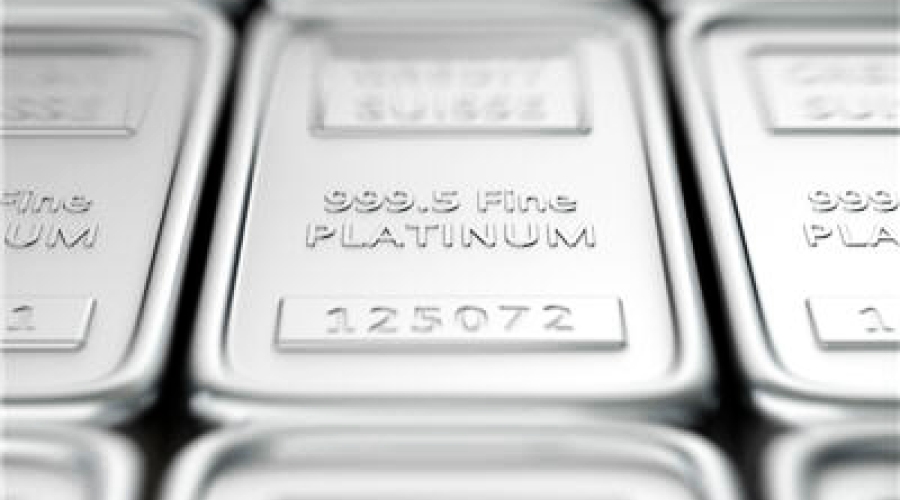
Platinum prices are languishing near the lowest in a decade, but the biggest miners are barely cutting production.
Although about half of South African output is estimated to be unprofitable, few companies are reducing production by a meaningful amount, with top supplier Anglo American Platinum Ltd. even ramping up. That’s partly because a weaker rand is lowering production costs, which is good news for margins and helps the embattled industry to keep the cash flowing.
It’s also a sign that prices may remain depressed at a time when hedge funds are the most bearish on record. Any additional output in South Africa, which accounts for about 70 percent of global supply, would further weigh on a market that’s seen demand ebb in recent years. Platinum’s surplus will total 316,000 ounces this year, the most since 2011, Johnson Matthey Plc estimates.
“Production costs have come down because of the weak rand,” said Carsten Menke, a commodity strategist at Bank Julius Baer & Co. in Zurich. “At least it keeps them above water. And also for most CEOs, one never wants to be the first to surrender to weaknesses of prices. They always believe that prices will rise again.”
Money managers aren’t so optimistic — they’re holding the biggest net-short position in data going back to 2006, according to the U.S. government. Platinum, mostly used in autocatalysts, has slid 13 percent this year to about $808 an ounce as diesel car sales slowed, a global trade war raised concerns about industrial-commodity demand and expectations for higher U.S. interest rates curbed the appeal of precious metals.

Weak Prices
There’s a consensus for softer prices for at least the next three years, before stricter vehicle emissions laws and economic growth support platinum in the longer term, Impala Platinum Holdings Ltd., the No. 2 producer, said Thursday.
South African miners, whose metal is priced in dollars but pay costs in rand, have been partly shielded from the rout as the local currency plunged about 55 percent in the past seven years. Still, the average so-called basket price of platinum-group metals mined in the country is now about $980 an ounce, just $20 more than marginal production costs, Julius Baer’s Menke said.
Some miners — also faced with rising power and wage costs — are forced to mine at a loss because they need fulfill financial obligations, according to Menke. Fierce opposition from labor and governments also make it difficult to cut output or jobs, he said.
Anglo American Plc’s platinum unit, known as Amplats, is in a better position than most after exiting some aging, higher-cost assets. The company this year raised its production forecast and plans to add 250,000 ounces of platinum a year at its key Mogalakwena mine by 2021.
Even though companies like Lonmin Plc have closed some unprofitable shafts in recent years, South African mine output has been little changed since 2015. The nation’s output will fall just 1.1 percent this year, Johnson Matthey estimates.
The industry should cut production by about 600,000 ounces in the next 18 months to tighten supply, said Johan Theron, a spokesman for Impala, which is among those to have recently cut back. The company on Thursday said the sector continues to face unprecedented challenges, and while Impala’s output may rise slightly this financial year, it plans to reduce production again in the following couple of years.
Impala and Lonmin are working on plans to cut tens of thousands of jobs over the next three years in a bid to lower costs and weather the lower price environment.
“The cuts will start to filter through in the market by 2020-21; until then, there shouldn’t be any real physical tightening of the market,” said Ben Davis, an analyst at Liberum Capital Ltd. “If Implats and Lonmin don’t cut, it’s going to cause more problems for the prices.”
(Reporting by Felix Njini).